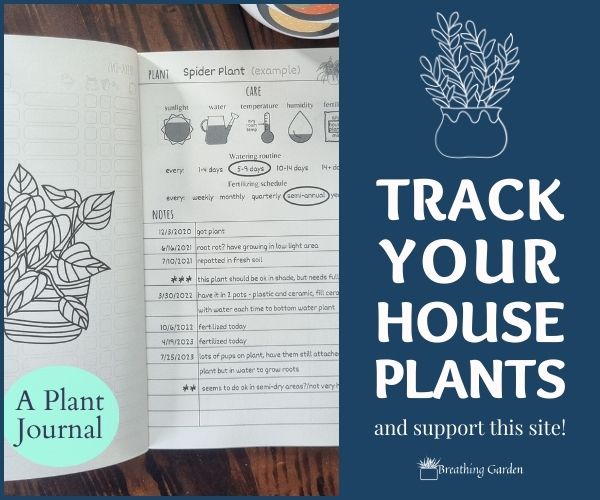Is your lavender wilting and drooping? Don’t worry, you’re not alone. This is a common problem with lavender plants, and there are several causes that can lead to it, and we’ll help you troubleshoot them. Keep reading to learn more about why lavender might be wilting, what you can do to prevent it, and how to revive drooping plants.
*This post may include affiliate links. When you purchase items from these links, we will receive a small commission, at no extra cost to you, to help support this website. Thank you for your support! Read more ->
Why Is My Lavender Drooping? And How To Revive A Wilting Lavender
In this article, I’m going to use drooping and wilting interchangeably, because they are very similar, if not the same (depending on your definitions of the words!)
Any plant drooping is not something you really want! Especially lavender plants, since they are not a plant known to droop. More often lavender browns. So why is your lavender drooping? It’s most likely a watering issue, but can also be from over-fertilization, or it’s just going dormant for winter.
Lack of Water
One of the main causes for any plant to be drooping is a lack of water. Some plants are famous for their drooping-ness when parched, like the nerve plant. Other plants, like lavender, are ones you would mostly expect the leaves to turn brown and the flowers to dry up when it’s dry.
But you could have your lavender wilting due to not enough water. Especially if it’s the middle of summer and the last few weeks have been hot and sunny. (Keep in mind, you do have to water plants more often during summer than winter.)
How To Revive a Wilting Lavender:
The first thing to do if you think you’ve got a dry lavender plant is to check the soil and see if it feels bone dry. If it does, your best solution is to water it.
Once you’ve watered your plant, give it some time to drink up the water and revive itself. In most cases, your lavender should start to perk back up within 24 hours. If not, check the soil moisture again and see if it needs more water still.
You may be interested in: Spanish Lavender, Spanish Lavender
Too Much Water
The opposite problem of above can also cause your lavender to droop. With an overwatered lavender plant, the roots are drowning in the soil, so it can’t hold itself up. If you’ve got an overwatering problem, you may also notice that your lavender is yellowing.
This can be more likely with an indoor lavender plant, especially during seasonal changes, or the sun changing its spot in the sky making your lavender get less sun than normal.
How To Fix Your Drooping Lavender:
Once again, check the soil to see if it feels soggy to the touch. If it does, you really want to get the soil to dry out quickly. Either remove your lavender from the soil (if it’s potted) and put it in fresh, dry soil, or don’t water it until you feel the soil is dry. (Read about the best soils for lavender here)
Fertilizer
Fertilizer more often causes other issues with lavender than it wilting, but having your lavender wilting can be a sign of over-fertilization. If you’ve applied fertilizer recently or think you might have used too much, that could be your problem. (Lavender rarely needs to be fertilized).
Healing an Over-Fertilized Wilting Lavender:
Unfortunately, if your lavender is wilting from over-fertilization, there’s not a lot you can do except wait it out and hope for the best. You can try and flush the nutrients with water, but other than that just wait it out.

This is a fertilizer I would recommend using on your lavender once a year
Dormancy in Winter
One thing that may look similar to your lavender drooping from problems is just if your plant is going into dormancy for winter. If you’re noticing that your lavender is looking a bit sad in late fall, this could be the cause.
In this case, it’s nothing to worry about. Just trim back your lavender to help it stay dormant during the winter, and you should see it coming back to life in the spring!
Conclusion
If you’re wondering why is my lavender wilting, you’re not alone! It’s usually a sign that you’ve got a problem, but once you identify which reason is causing the wilting/drooping, with a little effort you can bring it back to it’s vibrant self in no time!



